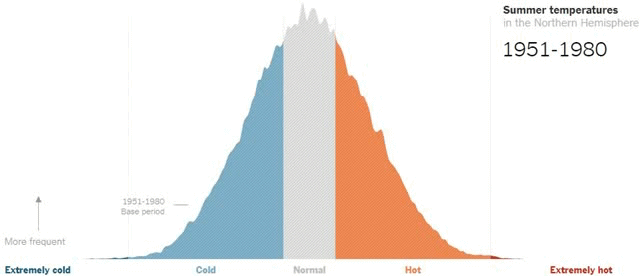 |
| Dethleffs |
This motorhome is built for the open road, with a sleek design and head-to-toe solar panels so you never have to worry about finding the next charging station.
That's right: The open road is officially calling.
 |
| Dethleffs with solar cells everywhere. It is a prototype. |
The transportation industry is being flipped on its head by taking two of the most basic essentials—the driving experience and fuel—out of the equation entirely.
Self-driving vehicles and rechargeable technology is changing the landscape of driving.
That market has been expanding beyond everyday vehicles with advances in things like electric-powered semi trucks.
And we’ve seen the rise (and possible peak) of the tiny home market, where solar panels and other green technology is often utilized.
But motorhomes have been largely left out of this discussion.
That’s for understandable reasons.
A vehicle synonymous with the wide-open road (and, inherently at odds with the idea of frequent EV charging stations) has no obvious place in the electric market.
Until now.
 |
| Perhaps not in the real form, but definitely the future! |
The popular RV company Dethleffs has its new “e.home” on display at this year’s Caravan Salon Düsseldorf 2017 through Sept. 3.
The unveiling comes just in time to steal the thunder from Volkswagen’s Kombi van announcement.
Keeping a motorhome and all its components powered up requires an extensive amount of energy.
To meet that requirement, Dethleffs has covered virtually every inch of the e.home with solar panels, similar to the European school with solar panels slathered on all its exterior walls.
The RV is built on the company’s Iveco Daily Electric chassis with a 107-horsepower electric motor.
The motorhome would have a range just shy of 100 miles if it wasn’t covered in solar panels, but it is.
Those babies can make up to 3,000 watts of electricity for its 228-Ah battery.
In other words, you’re all good to just keep on going.
The e.home is covered in solar panels and stars
The e.home utilizes Victron Energy products for the solar kit, including solar charge controllers, an inverter/charger for AC electricity and to charge the lithium batteries, ancillaries, and a DC-DC converter to supply charge stations for phones, laptops and the like.
The motorhome also features a sleek and modern design; circular wireless charging station; infrared heating panels on interior floors, furniture and walls; windows with darkening film between the panes; and a heating system that captures outside air on days warmer then 79 degrees, then sends it into the main cabin when the evening’s cooler air sets in.
Oh yeah—and a starlight projection system over the alcove bed.
“Dethleffs know this means a lot more than just putting bodywork on an electrically driven chassis,” Dethleffs Managing Director, Alexander Leopold, said in a Victron Energy release.
“By implementing a fully electric powertrain there are many challenges and equally opportunities for the entire vehicle.
“One significant opportunity is to do without any additional type of energy sources for the vehicle.
“This means that a motorhome with electric drive will also supply all the onboard services with electricity for the living area instead of gas, for example – and that is why solar power production becomes very important.”
No word yet on pre-orders or estimated cost, but this is absolutely an exciting step in the right direction.
Links
- Volkswagen's Mini Bus Is Coming Back And It's All Electric
- 4 Sustainable Choices To Make When Preparing For A Natural Disaster
- An Architect Has Designed A Building That Purifies The Air
- Why Urban Trees Can Save Cities $500 Million Annually
- How Moss Can Solve Japan's Major Pollution Problem
- New Farm Robot 'FarmBot' Gives Everyone A Green Thumb



